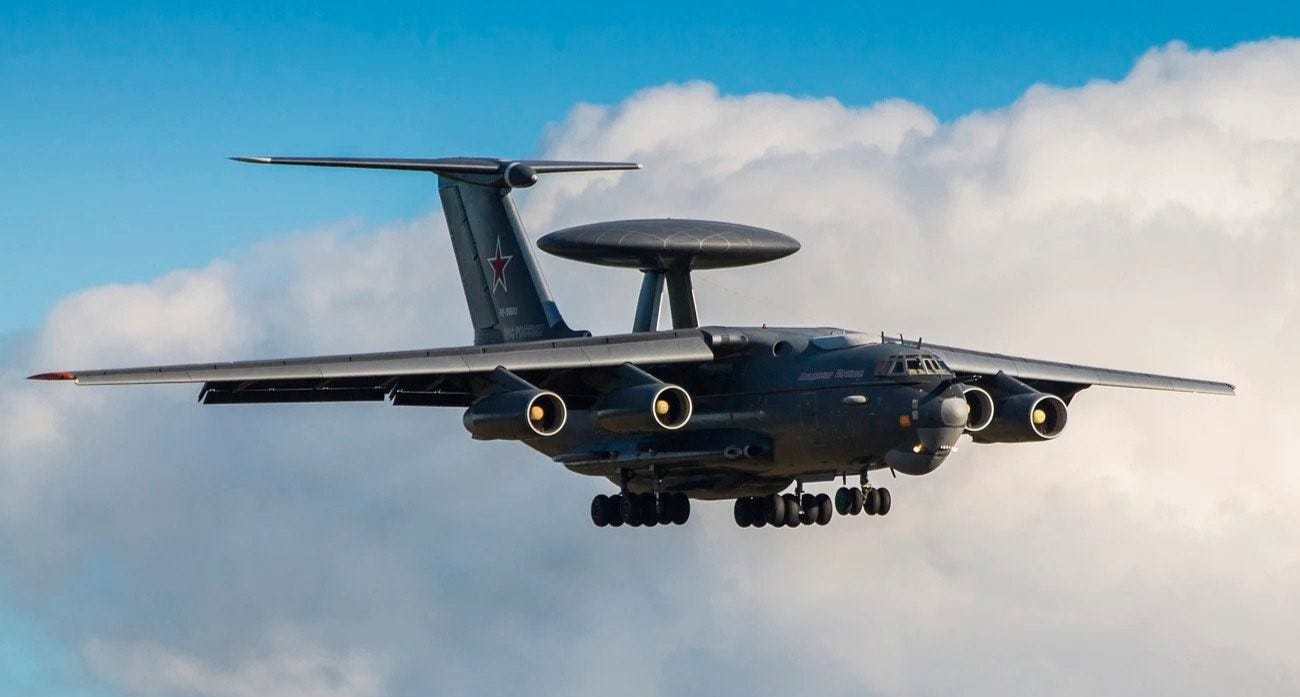The Importance Of One Soviet-Era Airplane
The Belarus resistance strike, explained
The Beriev A-50U does not look pretty, or powerful. Nevertheless, anti-government partisans in Belarus targeted one of these on the ground at Machulishchi airbase near Minsk on Sunday.
According to Belarusian sources, “security services found a bag with drone control panels at the scene of the attack.”
“Partisans from the ‘Pieramoha’ (Victory) plan confi…
Keep reading with a 7-day free trial
Subscribe to Polemology Positions to keep reading this post and get 7 days of free access to the full post archives.


